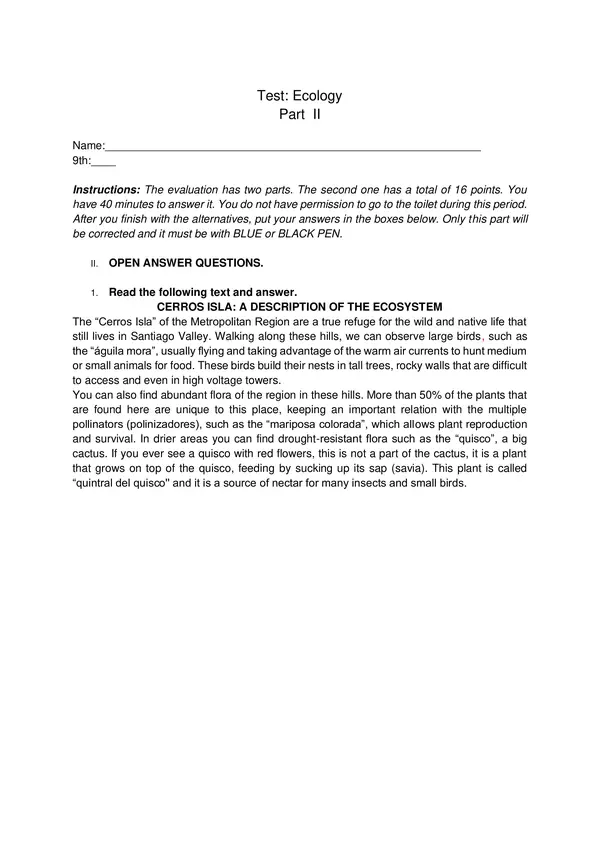

ProfeCoins  10
10
| Resource type | Assessment |
| Recommended age | 13 - 18 years |
| File information | docx, 3 pages, 496 KB |
This is the second part of the Ecology evaluation. The open answer questions in this evaluation assess students' understanding of ecological interactions and the impact of introduced species on native populations.
Students are asked to identify four ecological interactions present in the Cerros Isla ecosystem and describe each interaction, mentioning the species participating in each case. This question assesses students' ability to identify and describe the different types of ecological interactions that can occur between species.
Students are then asked to explain one of the ecological interactions present in the text, indicating whether the interaction is positive, neutral, or negative for each participant. This question assesses students' ability to apply their knowledge of ecological interactions to real-world examples.
Next, students are asked to explain two ways in which introduced species alter native populations, including their knowledge of ecological interactions in their answer. This question assesses students' ability to understand the complex ways in which introduced species can interact with native species and impact native populations.
Finally, students are asked to give one example of an introduced invasive species and explain its impact on native flora and/or fauna. This question assesses students' ability to identify and describe the impact of introduced invasive species on native ecosystems.
Overall, the open answer questions in this evaluation provide a comprehensive assessment of students' understanding of ecological interactions and the impact of introduced species on native populations.
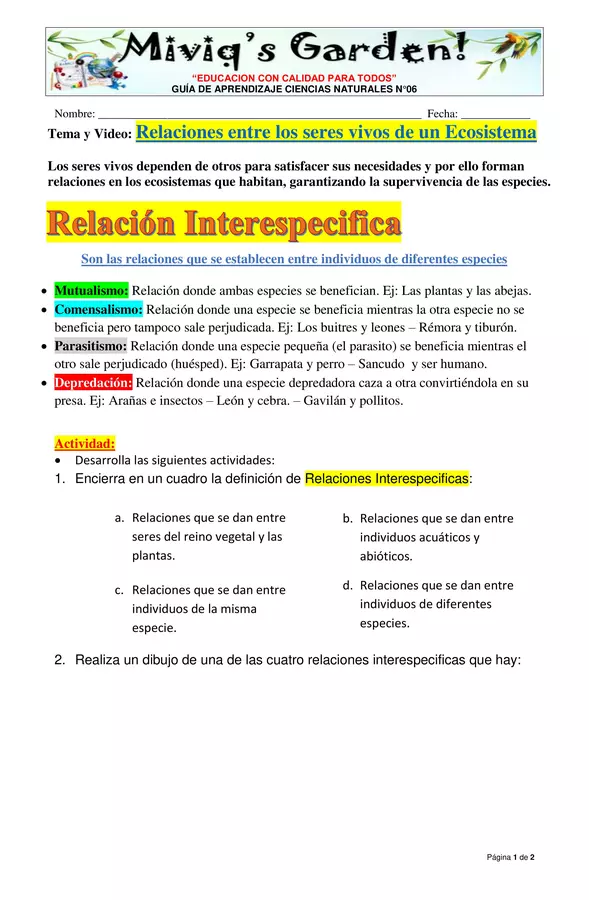
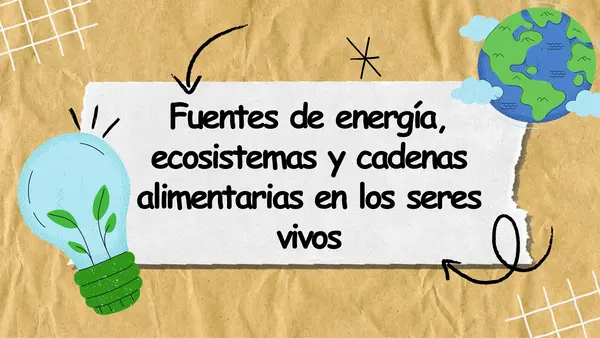
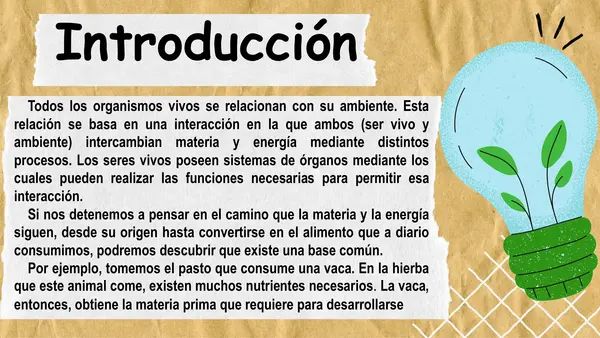
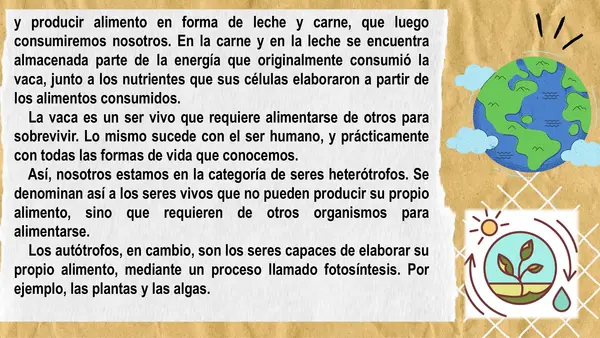
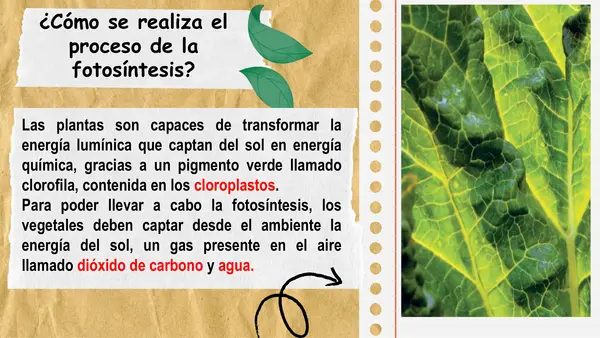
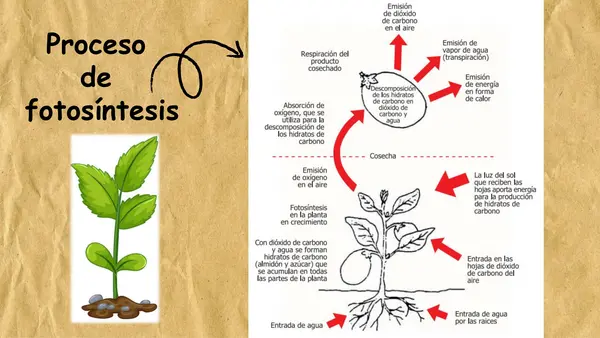
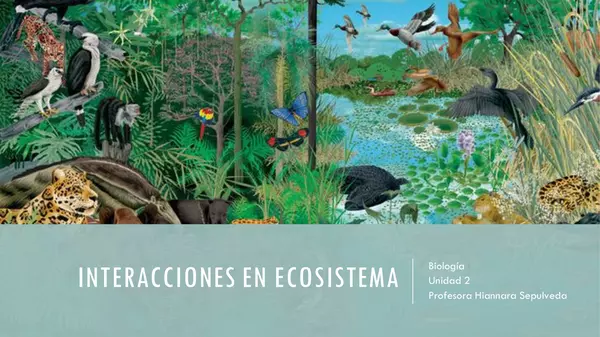
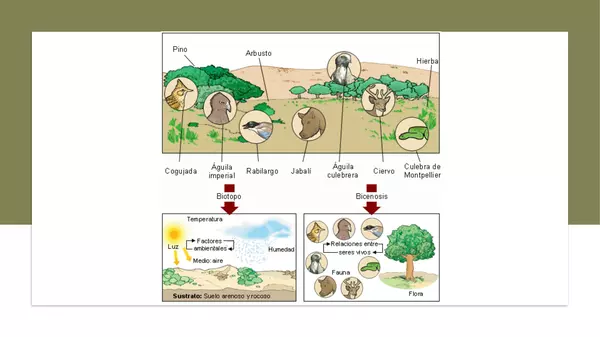
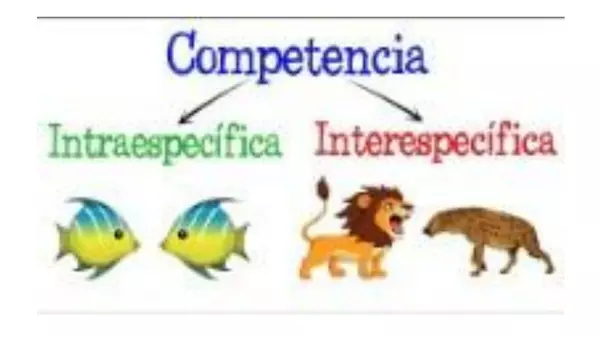
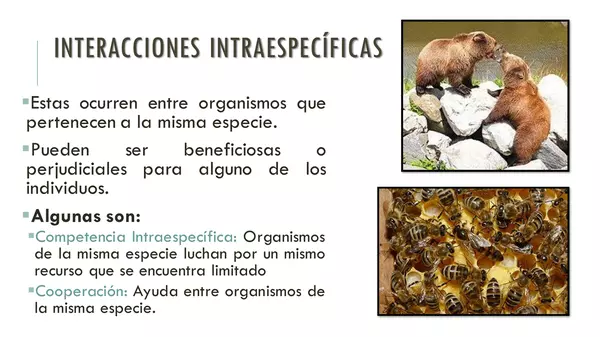
There are no comments yet, write one yourself!